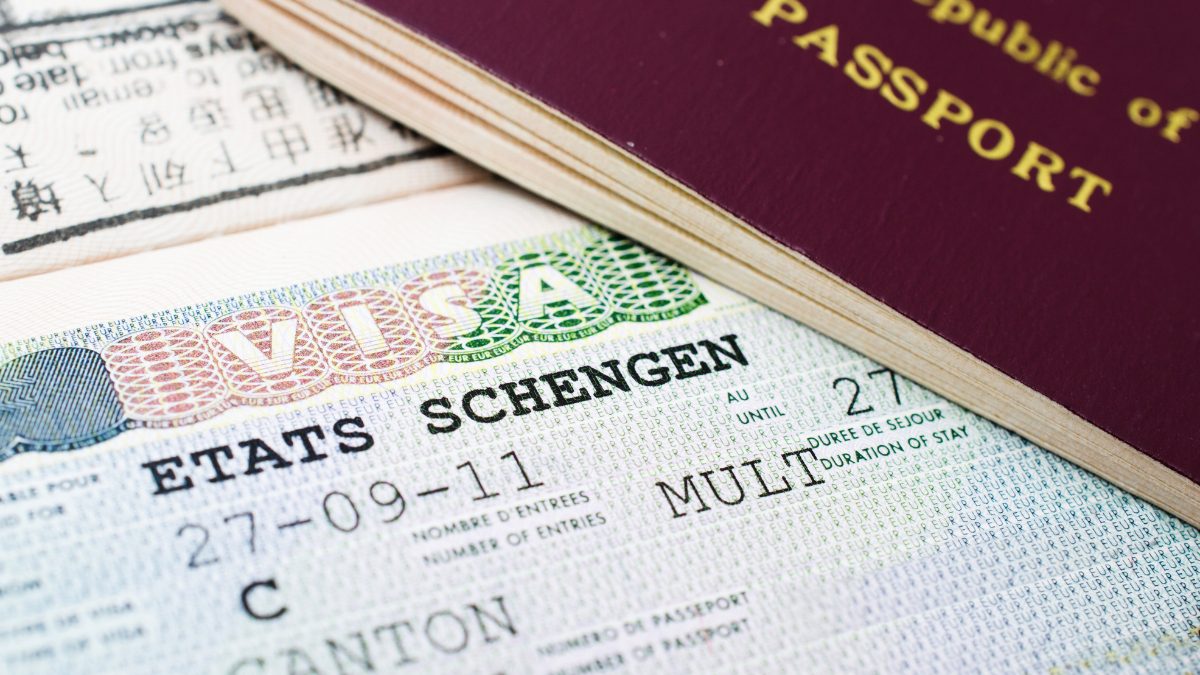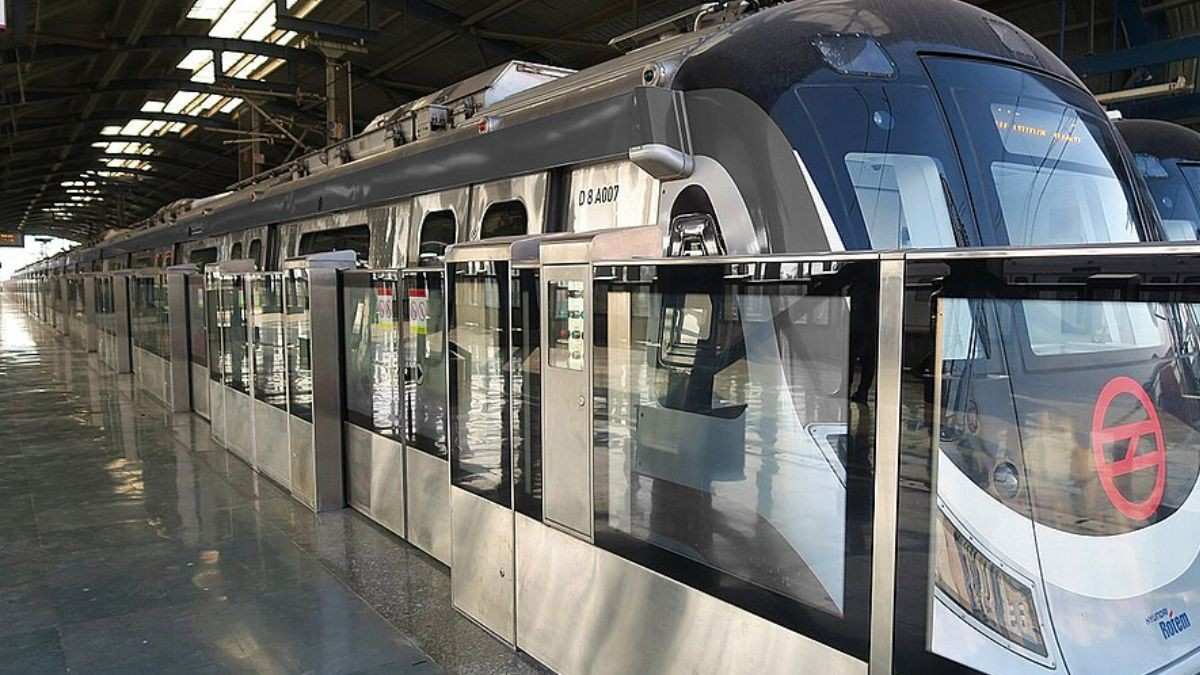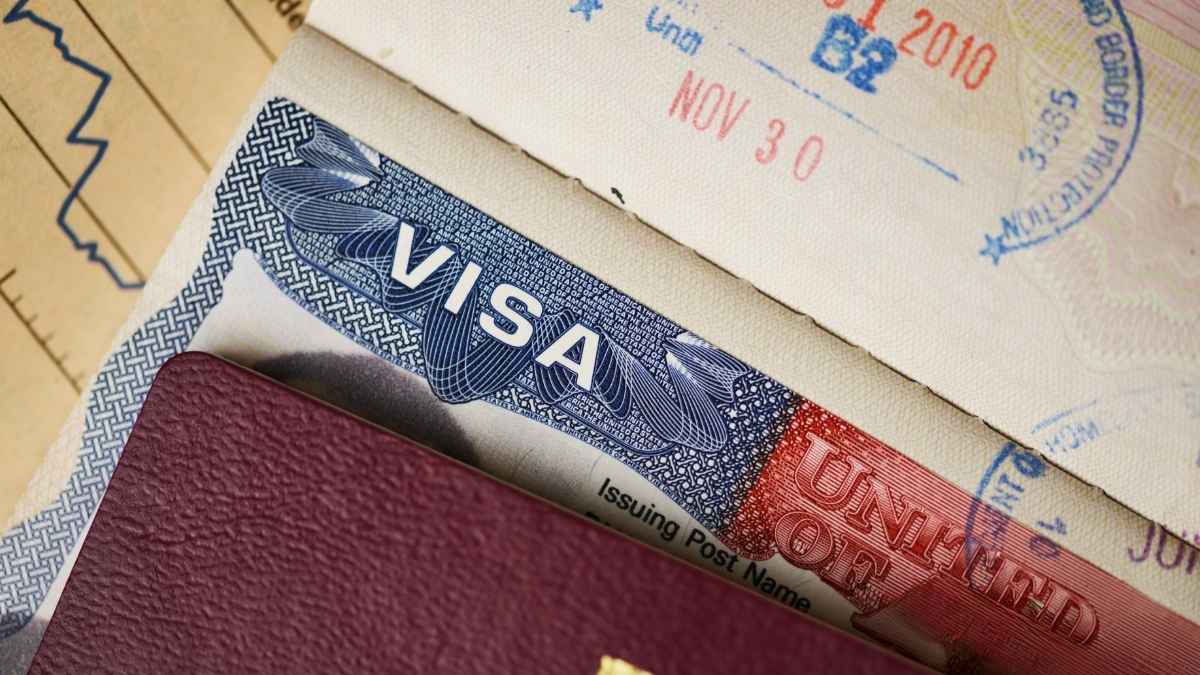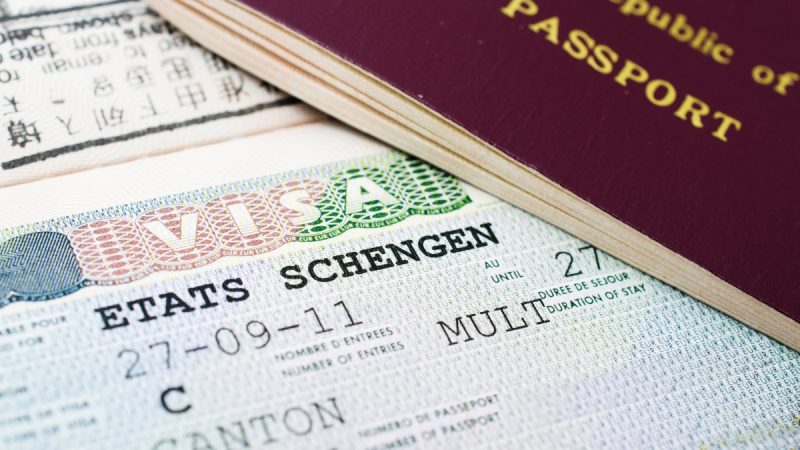Imagine planning a trip to Europe and knowing you won’t have to endure the arduous visa application process every single time. The European Commission’s recent introduction of a new “cascade” visa system for Indian citizens could turn this dream into reality. This significant shift, effective since April 18, promises to streamline the process and provide enhanced access to multiple-entry visas with extended validity periods. To shed light on this groundbreaking development, we spoke with Mohak Nahta, the visionary Founder and CEO of Atlys, a travel tech startup that aims to demystify the complexities of visa applications.
Factors Affecting Travel To Schengen Countries

Nahta shared exclusive insights into how this change could revolutionise travel for millions of Indians. “The new cascade visa system for Schengen countries is a step in the right direction,” he emphasised, setting the stage for a deep dive into the future of travel to the Schengen Area.
Previously, while EU governments often provided Multiple-Entry Visas (MEVs) to frequent travellers, the process was ambiguous and uncertain. Now, the new system promises a long-term, 2-year visa for those who travel twice in three years. Nahta believes this change will significantly reduce the number of Indian travellers needing to apply for Schengen visas over the next five years.
However, he also pointed out that appointment availability and high rejection rates remain unaddressed. The new system does not tackle these problems, making it unlikely to see a large difference in the short term.
Despite the favourable visa rule, several factors could still impact travel to Schengen countries. Nahta explained, “Schengen countries have become easier to travel to because of increased connectivity. But there is a lot of uncertainty because visas are often rejected, which is the government’s prerogative.” He highlighted the challenge travellers face when their visas are denied without specific reasons, leaving them uncertain about how to improve their applications. The typical wait time for a visa is 35 to 40 days, making it difficult for travellers to secure appointments within their desired timelines.
To improve the situation, Nahta emphasised the need for both applicants and governments to put in more effort. “All Schengen countries want tourism from India, but it is a bandwidth issue. Not all countries are staffed at the pre-COVID level,” he said.
Also Read: Indian PM Narendra Modi Announces Medical E-Visas For Bangladeshis; Here’s All About It
Obtaining A Multi-Year Schengen Visa On An Indian Passport
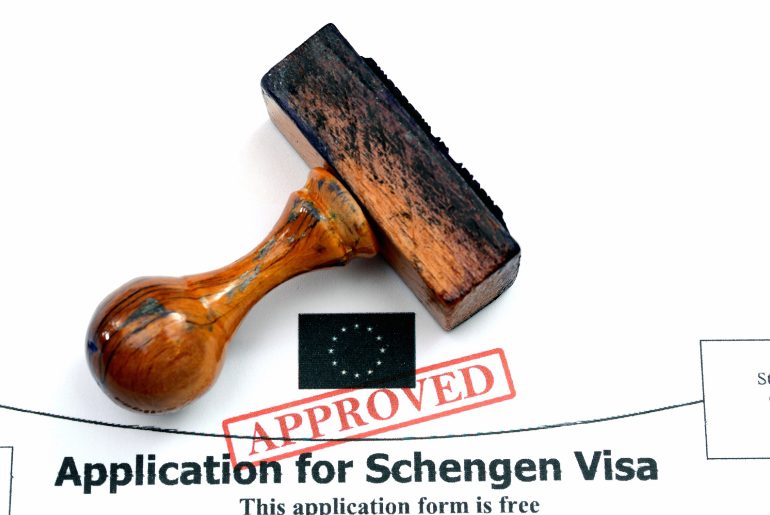
The new Schengen cascade system offers a clearer path to obtaining a multi-entry visa. Nahta outlined the rules: “A traveller must visit the Schengen region lawfully, twice in three years. Upon doing this, they will receive a 2-year multiple entry visa. This two-year visa will then most likely be followed by a five-year Schengen visa if the passport has sufficient validity remaining.” This structured approach contrasts with the previous system, where obtaining a multi-entry visa was uncertain.
He also highlighted several advantages of the Schengen visa, especially for frequent travellers. “The number one advantage of the Schengen visa is that the Schengen area encompasses 29 countries, and the Schengen visa allows you to visit all of them,” he said. Additionally, with Bulgaria and Romania included in the Schengen region, the visa now enables travel to 31 European countries.
Holding a Schengen visa also simplifies travel to other non-EU countries. If you possess a Schengen visa, there are quick and easy e-visa procedures for Saudi Arabia, Taiwan, and Turkey for frequent travellers. Numerous nations, including the Philippines, Mexico, Peru, the Bahamas, the Dominican Republic, Colombia, Serbia, Monaco, Kosovo, Moldova, Georgia, and Cyprus, have eliminated the need for a travel visa.
Impact Of The Schengen Visa Fee Hike

Despite a recent 12% increase in Schengen visa fees, Nahta does not expect it to reduce travel demand among Indians. “2023 saw a 44% rise in the number of Schengen visa applications compared to 2022. In 2024, we expect to continue seeing an upward trend,” he stated. The hike of 10 euros is not significant enough to deter interested travellers. Furthermore, the introduction of the cascade system, which provides a clear path to receiving long-term multiple-entry visas, is expected to increase the overall number of applications.
Nahta also addressed concerns about other global destinations benefiting from the Schengen fee hike. “We believe that the benefits of the cascade system over time significantly outweigh the additional cost of 10 euros. The cascade will make it possible for you to not need to apply for visas as frequently and therefore make the process much cheaper in the long run for frequent travellers,” he said.
Visa-free and visa-on-arrival destinations have seen increased travel demand among Indians, but Nahta believes they cater to a different cohort of travellers. These nations compete with India when it comes to domestic travel for Indians by providing visa-free entry. They do not pose a threat to those who wish to visit Schengen. Visa exemptions for Southeast Asian nations will not discourage or divert this group of applicants from Schengen.
Nahta also noted that travel demand for Schengen countries will be strong in 2024. He also expects to see an increase in the number of travellers applying to Schengen—an even greater number than the ~1 million in 2023.
Also Read: Indians May Soon Get Visa On Arrival In Taiwan; Foreign Minister Highlights India’s Travel Potential
Impact On Business Travellers And Immigrants

The Schengen visa fee hike is unlikely to have a significant impact on business travellers or immigrants. The 80–90 euro price increase for business travellers is negligible. Even though it is higher, a ten-euro increase is not substantial enough to discourage someone from submitting a business visa application.
The increase in fees only pertains to short-term visas; long-term visas, which are necessary for immigrants to enter the country as students or workers, are exempt. Since there is not a rise in the long-stay visa category at the moment, immigrants or prospective immigrants will not be impacted by the recent changes.
The European Commission’s new cascade visa system promises to simplify the Schengen visa process for Indian travellers, offering long-term benefits despite current challenges. As Nahta summed up, “The cascade system will make it possible for travellers to apply for visas less frequently and therefore make the process much cheaper and less arduous in the longer run for frequent travellers.”
Cover Image Courtesy: Canva

